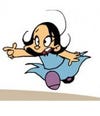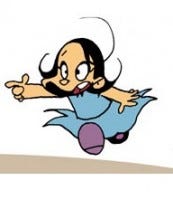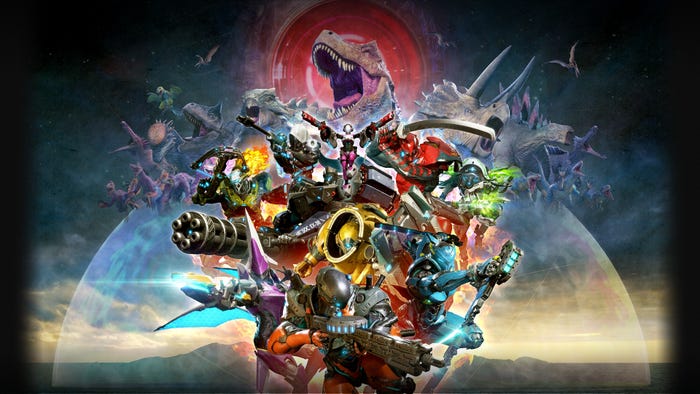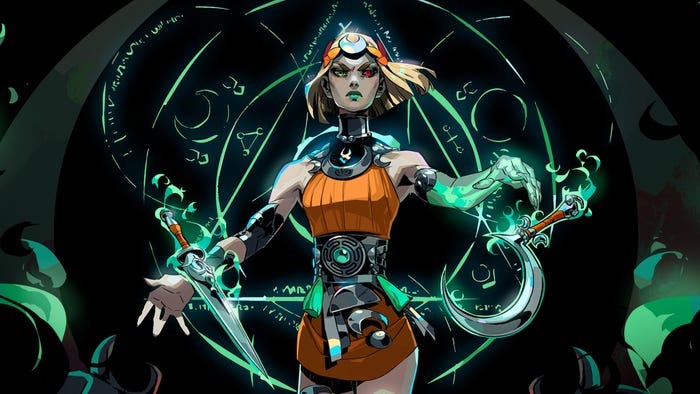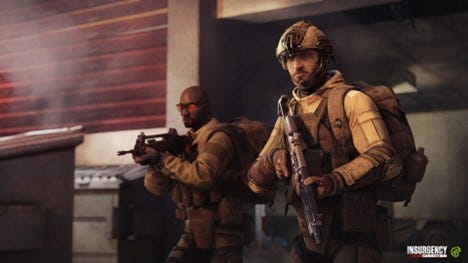
Featured Blog | This community-written post highlights the best of what the game industry has to offer. Read more like it on the Game Developer Blogs.
10 things you should know about ... Artists
This is series of six blog posts where different disciplines share what they wish others would know and understand.

This is the first in a series of six blog posts where different disciplines share what they wish others would know and understand.
The stories we live over the course of our careers shape the way we see each other and affect our work together. ‘10 things you should know about ...’ is a series prepared with game developers to share what we feel and hide from each other as we collaborate on a game. Agree, disagree, share and add your own to complete the picture.
Read other posts about designers, and leads/managers.
Memory and CPU budgets, deadlines – no one wants to think about them but we all should.
The fact that you like a particular style or graphic doesn't necessarily make it appropriate for the game. Good game art has substance and artistic decisions are made with consideration for many factors such as function, usability, visual clarity. Design according to personal taste is something anybody can do.
Creativity requires the ability to experiment. To get the best out of us it's important that you support us with tools that allow us to test artwork in-game, often, and with minimum obstacles and dependencies.
It is difficult to not take criticism personally when we put so much of ourselves in the work for the sole purpose of impressing you. That may not be how you meant it, but sometimes your choice of words cuts deeply.
Producers, of course you hold the vision but we would love if you could give us a little room to surprise you – you might just be delighted by what you see.
We are happy to present our artwork so that the team can get involved and contribute their ideas. However, we'll benefit more from such interactions if everyone understands the end goal of an artwork when constructing their feedback.
Gameplay has an aesthetic value too and affects the game’s storytelling capabilities and emotional scope. This is why we work as artists in the games industry—because we love games, not just art—so that we can work cooperatively with game designers and apply our expertise to every aspect of a game.
Development managers, leads: thank you for protecting us from the ‘noise’. Everyone has an opinion and as the authors of the work it is tempting to hear it all but we only need to hear what matters.
We hate throwing away our carefully crafted work and starting again. If you want a placeholder or if the work is likely to be changed later, say so. Managing our expectations will go a long way to avoid our disengagement.
Some artists are good at scheduling and organising themselves but not all of us are that way. Don’t hope that we’ll change, don’t send us on courses. Take us as we are.
The series includes contributions from Tim Aidley, Jordan Ault, Dave Hollingbery, Mark Lintott, Kim Russell, Rik Skews, Chris Solarski, Will Sykes, Sean Turner and others who wish to remain anonymous.
About the Author(s)
You May Also Like
